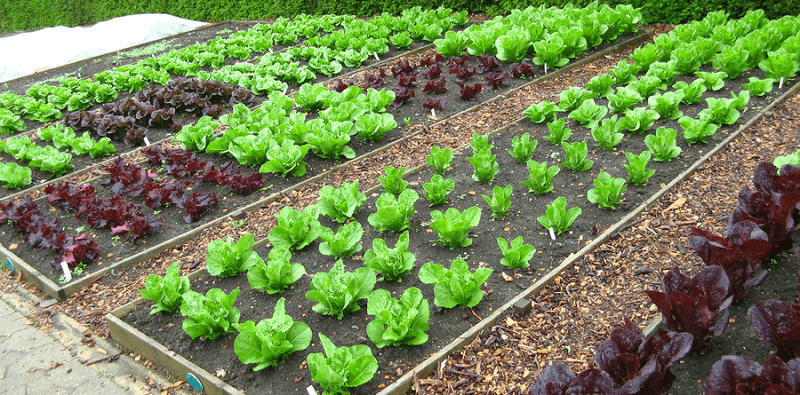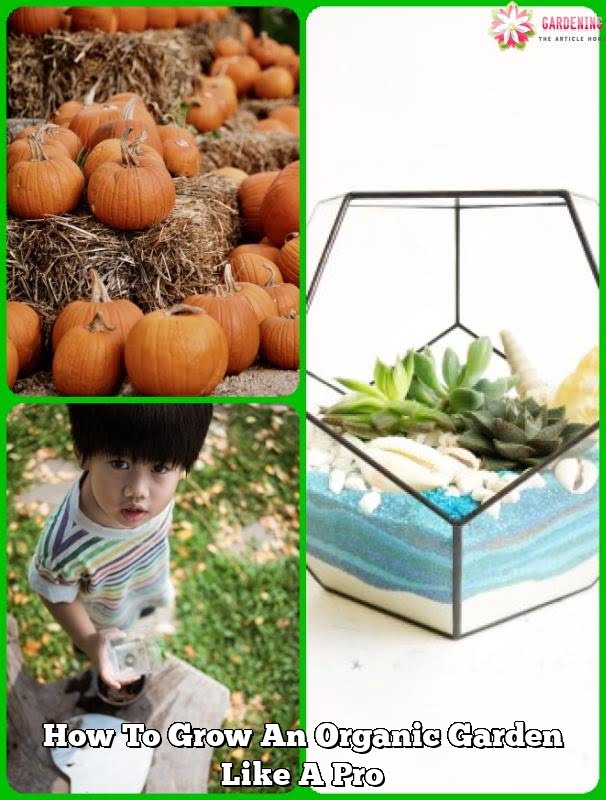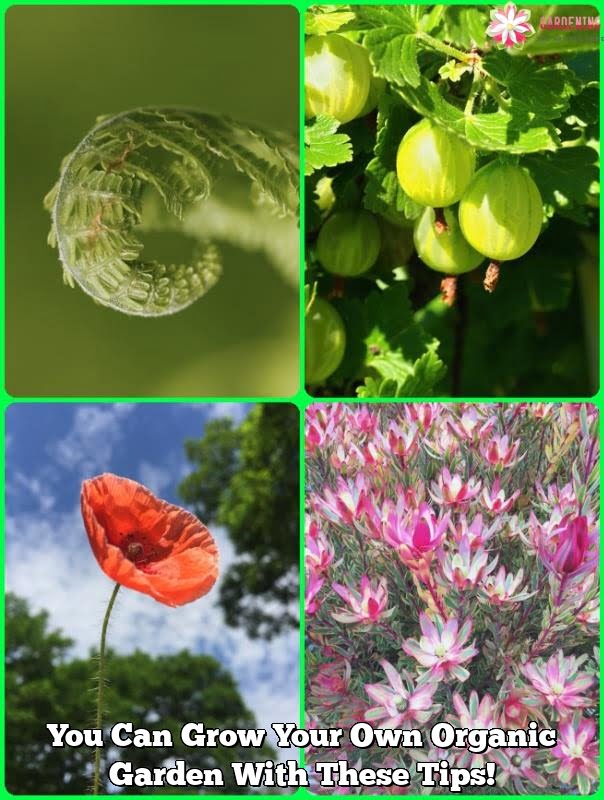Read up on into the following paragraphs for organic tips you can use.
Your plants need to adapt and must be gradually introduced to changes of environment. Put them out in the sun outside for approximately one to two hours during the first day. Over a period of several days, gradually build up the amount of hours you leave the plants outside. At the end of a week, the plants should be welcoming of their new home.
Brighten your flower beds with biennials and annuals. You can also use these flowers to fill any spaces between shrubs and perennials when they are in the sun.Notable varieties include cosmos, rudbeckia, petunia, petunia, and cosmos.
Knee Pads
Get gardening knee pads if you find yourself kneeling on the ground a lot to do your horticulture. Having a pair of excellent knee pads will cushion your knees in comfort.
Try dousing weeds to get rid of them. Boiling water in a safe alternative to other potent herbicides. Boiling water is not good for the weed roots of weeds and will inhibit future growth.
Place a two inch layer of organic mulch close to your vegetables as you can. The mulch will keep the soil around the plants moist for much longer. It will also keeps weeds from popping up around your plants. This will save you tons of weed-pulling time.
Pest control is very difficult if you have a veggie garden. One way that you can help control garden pests is to be vigilant. If you catch pests right away, you can control them just by physically removing them from your plants with your hands.
Choose a plant to be the focal point. The best focal points are those plants that really stand out from the others around it.
Rimmed Hats
Wear wide-brimmed hats, wide-brimmed hats, and sunblock. Protecting yourself from the sun will lower the best way to prevent sunburns and skin cancer.
Your children will enjoy the experience of working with your organic garden. A garden can be a great learning experience for your children, and will give you an opportunity to bond with them while you produce healthy food.
If you have a cut on your hand, you can use a glove to protect it from germs and chemicals until it heals. A cut could get infected if it is exposed to dirt in the garden.
The ideal temperature to set your thermostat for indoor plants should be kept between sixty-five and seventy-five degrees Fahrenheit during the daylight hours. The temperature needs to be this warm so the plants can grow. If you do not want to keep your home that warm during the winter months, you could use a heat lamp on organic plants instead.
It is easy to quickly prepare your garden. Use your spade to slice chunks of turf up, turn the turf over, and spread wood chips on top to a depth of four inches. Let the area sit for a fortnight, then begin digging into it and planting your new perennials.
Do not rush when planting seeds in your garden. You should start by adding moisture to the soil.Seeds need to be buried as deep as three times deeper than their own size. Some seeds you won’t have to bury because they require light in order to grow.
Tool Belt
Make the most of the time spent in your garden every day.Don’t waste your time looking all over for your tools. Prepare all of your tools prior to working in the garden, and then put them back in their place when done. If you need to use a tool belt, purchase a tool belt or heavy duty pants with plenty of pockets.
An old laundry basket works great way to gather your garden. This will be like a strainer for the fruits and vegetables you pick.
Some common examples are petunias and ageratum. If you are wondering whether or not the seeds require direct sunlight, try to read the package or find the answer online.
One of the most wonderful things about buying food that sets organic horticulture apart from conventional gardening is that they don’t contain pesticides. While this is great for your loved ones’ health, you still need to check your produce for any bugs or other pests.
When buying tomato seedlings for the garden, look at the roots as well as the green parts. These starts will stick around on the main plant for several weeks, inhibiting their growth.
If you want to consistently grow healthy tomatoes, try planting a new set of tomatoes exactly three weeks after you plant the first batch. This can give you will not have to harvest all of your crops at any given time.
There are a lot of plants that you can plant in an organic garden. Mulch is a must-have for plants that need acidity to thrive. You can mulch these plants with a very thick layer of beautiful pine needles every fall.
You should build a tent over your garden during winter. Then, throw some sheets over them, and use bricks to keep the edges held down. This is an inexpensive way to build a tent that will protect your crops during the winter.
Dwarf Fruit
Dwarf fruit trees are the perfect choice for a small garden. Many areas only allow for small gardens, but have plenty of space for miniature versions like the dwarf fruit tree. These tiny trees will bear full-sized fruit after about three years.
You can start a compost pile to create your own organic fertilizer for use in your organic garden. You will be recycling, decrease on your trash and do wonders for the produce you are going to grow.
If you are having problems with aphids in the organic garden then you should try using good “old fashioned” water that is soapy, then soapy water could be your solution.
The more you understand about organic gardening methods, the better prepared you will be to grow a lush, natural garden that provides both beauty and sustenance. Keep in mind that these pointers are simply the tip of the iceberg.

Welcome to my blog about home and family. This blog is a place where I will share my thoughts, ideas, and experiences related to these important topics. I am a stay-at-home mom with two young children. I hope you enjoy reading it! and may find some helpful tips and ideas that will make your home and family life even better!





